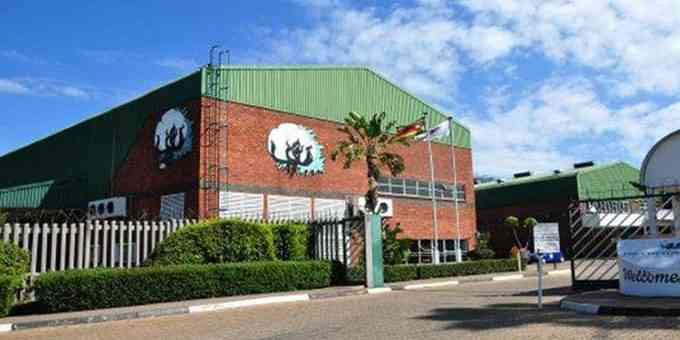PLATINUM output at Unki Mine rose by 17% during the first quarter ended March 31, 2023 to 62 500 ounces due to improved plant stability, financial statements for the review period showed this week.
Unki is a unit of Johannesburg Stock Exchange listed Anglo American Platinum (AngloPlat), one of the world’s biggest platinum group metals (PGM) producers.
The firm operates several PGM mines in South Africa, which holds the world’s second largest proven reserves.
The firm entered the Zimbabwean market about a decade ago, after major discoveries at Unki, near Shurugwi.
Angloplat supplies nearly 40% of global platinum output, and has been undertaking significant expansion projects to bolster output at its Zimbabwe operation.
“Unki PGM production increased by 17% to 62 500 ounces, benefiting from the improved plant stability post the debottlenecking project completed in the fourth quarter of 2021 with improvements in throughput, grade and recoveries,” AngloPlat chief executive officer Natascha Viljoen said in a commentary to the financial statements.
Keep Reading
- Top miner Maposa mourned
- Top miner Maposa mourned
- Stockbroker targets mbira fame
- ‘Nedbank financial instrument listing on VFEX a game-changer’
However, despite the strong show at Unki, overall Anglo output remained subdued during the period, as heavy rainfall in South Africa affected production.
The Angloplat CEO said extended downtime at its Mogalakwena Baobab plant also affected production.
“PGM production at Mogalakwena decreased by 12% to 219 000 ounces,” she said.
“The extended technical downtime at the Baobab concentrator plant due to a breakdown requiring long lead replacement parts impacted production by 15 900 ounces.
“As expected, we continued to see lower grade at Mogalakwena. However, this was further impacted by rainfall redirecting mining to lower grade areas resulting in an overall 12% reduction in the 4E (PGMs) built-up head grade to 2,47g/t (grammes per tonne) from 2,81g/t in Q1 (first quarter) 2022,” Viljoen noted.
She said total PGM production for the group in the first quarter was 6% lower at 901 200 ounces, compared to the prior period, with platinum and palladium production decreasing by 6% to 416 800 ounces, and to 278 100 ounces respectively. Statistics from the group showed that total PGM production from Angloplats’ own-managed mines decreased by 5% to 501 700 ounces primarily due to lower production from Mogalakwena and Amandelbult.
“The first quarter performance is lower than that of the same period in 2022 but aligned with what we guided previously with own-managed mines PGM production 5% lower,” Viljoen said.
“Production was impacted by the lower-grade areas we are mining at Mogalakwena for the next three years.
“This reduction is aligned with expectation and mine sequencing was also impacted by high rainfall as well as production impacted due to extended downtime at the Mogalakwena Baobab plant. Infrastructure closures, particularly the open pit at Amandelbult, also contributed to lower production.
“This was partially offset by a strong performance from Unki following the successful concentrator debottlenecking project. Mototolo continues to demonstrate stable output, despite mining in more challenging areas,” she added.
While Zimbabwe’s platinum mines, including Unki, are still relatively smaller compared to South African peers, the country still has a huge say in production trends worldwide.
This week, the World Platinum Investment Council’s (WPIC) 2023 annual forecasts were downbeat.
But it said improved output projected in Zimbabwe would help the industry stay afloat.
“Total mined platinum supply is forecast to remain flat, with estimated production of 5 511 koz (thousand ounces),” WPIC said in its first quarter report.
“While losses in South Africa will be offset by gains in Zimbabwe and North America, there are significant uncertainties surrounding South African platinum supply for the upcoming year.
“Ongoing disruptions at Sibanye-Stillwater’s US operations continue to pose downside risks to North American production but growth from by-product Canadian nickel mining is expected to drive regional growth.
“Output from Zimbabwe is also expected to continue incremental growth as additional volumes from expansion projects are realised.
“The extensive smelter maintenance programmes conducted last year have resulted in a significant build-up of semi-finished inventory, which may potentially buoy 2023 output.
“However, ongoing constrained processing capacity in Q1’23, a low-grade mix of inventory, and the expected worsening domestic energy crisis are likely to put further pressure on capacity, limiting producers’ ability to release inventory,” WPIC added.





